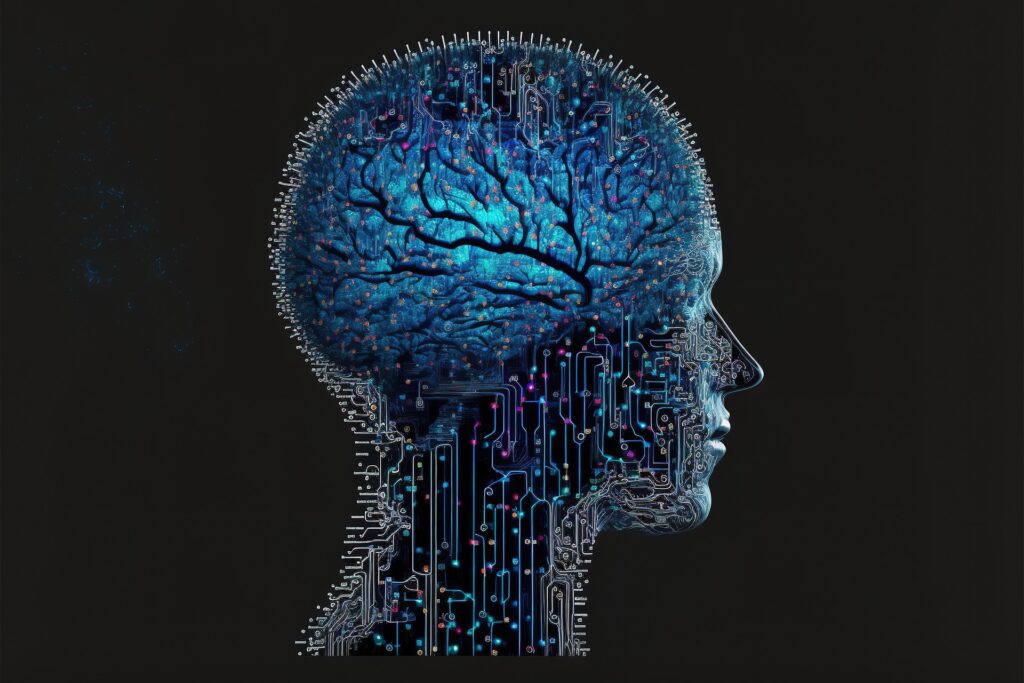
Anyone who follows technology headlines will recognize famous terms like “blockchain,” “smart contracts,” and “NFTs.” If you’re really paying attention, maybe even “decentralized,” “tokenization,” and “dApps.” If you’re wondering what all this means and how it affects your e-commerce business, you’re in the right place. They’re all part of Web 3.0, or just Web3, which refers to the third generation of the internet, which is focused on decentralized technologies and blockchain.
The first generation of the internet, Web 1.0, was from the internet’s beginning in 1989 and carried through to about 2005. It was characterized by static web pages that were primarily used for sharing information. The second generation, Web 2.0, kicked in around 1999 and brought about dynamic web pages and interactive user experiences through social media, cloud computing, and mobile devices. This is the internet that most of us are still familiar with on a day-to-day basis.
Web3 began to make its influence felt around 2014. Our internet experience today still includes the influence of Web 2.0 and even Web 1.0, but those are becoming increasingly obsolete. Don’t worry, though, because Qera Digital Marketing stays on the cutting edge of Web3 and other new e-commerce technologies and does the heavy lifting, so you don’t have to.
Exactly What is Web3?
Web3 aims to create a decentralized and more open internet that is not controlled by a few large corporations or entities. It seeks to accomplish this through the use of decentralized technologies like blockchain, which allows for secure, peer-to-peer transactions and the creation of decentralized applications (dApps).
Web3 technologies enable users to interact with each other and with decentralized applications in a trustless, decentralized manner without the need for intermediaries. This can have significant implications for industries such as finance, where blockchain technology can enable the creation of decentralized finance (DeFi) applications that provide financial services without the need for traditional financial institutions.
Web3 Made Easy
Another way to think of Web3 is to imagine you want to play a game with your friend Jesse, but you live far away from each other. Normally, you and Jesse would both have to go to a website to play the game, let’s say www.YouAndJessePlayGames.notreal. That website would control everything about the game, and that’s how most people have experienced the internet up to now. But with Web3, the game would be stored on a special type of internet that isn’t controlled by any one company or person.
This means that you and your friend can play the game directly with each other, without any company or person controlling the game. It’s like you’re playing the game in your own secret clubhouse, and nobody else can come in and tell you how to play. More plain-language Web3 tips can be found here.

Five Ways Web3 Will Impact Your E-commerce Business
- Decentralized Marketplaces
Traditional e-commerce platforms such as Amazon, eBay, and Alibaba operate as intermediaries between buyers and sellers, charging fees and dictating terms of transactions. In contrast, decentralized marketplaces built on Web3 technologies enable peer-to-peer transactions without intermediaries.
Decentralized marketplaces can provide greater transparency and lower fees for both buyers and sellers. Buyers can have access to a wider range of products and services, while sellers can reach a larger audience without having to pay high fees to intermediaries. Additionally, decentralized marketplaces can enable greater user control over personal data and privacy, leading to a more personalized shopping experience.
Web3 decentralized marketplaces can also foster innovation by enabling the creation of new business models. For example, decentralized marketplaces can allow for the creation of niche marketplaces that cater to specific audiences or product categories, such as sustainable fashion or handmade crafts.
- Secure Transactions
Practically from the beginning of Web 1.0, e-commerce platforms have struggled with issues of fraud, chargebacks, and identity theft. Web3 technologies such as blockchain can provide secure, tamper-proof transactions that can help reduce these risks and increase trust between buyers and sellers.
By utilizing blockchain technology, Web3 can enable secure peer-to-peer transactions without intermediaries. Blockchain transactions are verified through a decentralized network of nodes, making it nearly impossible for a single party to tamper with the transaction. This can help reduce the risk of fraud and provide greater confidence for both buyers and sellers.
Web3 technologies can enable the creation of digital identities that are controlled by the user rather than a centralized authority. This can help reduce the risk of identity theft and provide greater privacy for users. By utilizing decentralized identifiers (DIDs), users can control their personal data and decide who has access to it.
Secure transactions can also enable new forms of e-commerce, such as micropayments and pay-as-you-go models. For example, blockchain-based micropayments can enable users to pay tiny amounts for digital content, such as articles or music, without having to go through a centralized payment gateway.
- Enhanced User Control
Web 2.0 e-commerce platforms collect large amounts of personal data from users, which is then used to target advertising and drive sales. However, this often comes at the expense of user privacy and control over their personal data. Web3 technologies can enable users to have greater control over their data and privacy.
With Web3 technologies, users can store their personal data on decentralized networks, where they can control who has access to it. This can help reduce the risk of data breaches and identity theft and give users greater peace of mind. Users can monetize their personal data by choosing to share it with advertisers or other entities in exchange for rewards or tokens.
Enhanced user control can also lead to a more personalized shopping experience. By leveraging Web3 technologies, e-commerce platforms can create user profiles that are controlled by the user rather than the platform. This can enable users to receive targeted advertisements and recommendations without sacrificing their privacy.
- Tokenized Loyalty Programs
Web3 can enable the creation of tokenized loyalty programs where customers can earn and redeem tokens for purchases and other actions. This can help increase customer loyalty and engagement while also creating new revenue streams for e-commerce businesses.
Web 2.0 loyalty programs rely on points or other rewards that are issued and managed by the e-commerce platform. However, these rewards are often limited in their utility and can only be redeemed within the platform. In contrast, tokenized loyalty programs can enable users to earn rewards that have real-world value and can be traded or exchanged outside of the platform.
By leveraging Web3 technologies such as blockchain, e-commerce platforms can create tokenized loyalty programs that enable users to earn and redeem tokens that have real-world value. For example, tokens can be traded on cryptocurrency exchanges or used to purchase goods and services outside of the platform.
Tokenized loyalty programs can enable greater engagement and loyalty from users. By providing users with tokens that have real-world value, e-commerce platforms can incentivize users to remain engaged with the platform and make additional purchases. This can help increase customer lifetime value and drive revenue growth for the platform.
Tokenized loyalty programs can also enable new business models and revenue streams for e-commerce platforms. For example, platforms can create tokenized ecosystems where participants can earn and spend tokens within the platform, creating new incentives and revenue streams.
- Decentralized Finance (DeFi) Integration
DeFi refers to a system of financial applications that operate on decentralized networks such as blockchain, enabling users to access financial services without the need for intermediaries. By integrating DeFi into e-commerce platforms, users can access a range of financial services that are secure, transparent, and accessible.
One key way in which DeFi integration can impact e-commerce is by enabling secure and seamless payments. By leveraging blockchain technology, e-commerce platforms can enable users to make fast and secure payments without intermediaries. This can help reduce transaction costs and provide greater security for both buyers and sellers.
DeFi integration can enable new forms of financing and lending for e-commerce merchants. By accessing decentralized lending platforms, merchants can obtain loans or financing without having to go through traditional financial institutions. This can provide greater flexibility and lower costs for merchants while also providing investors with new opportunities to participate in e-commerce financing.
DeFi integration can also enable greater transparency and accountability in e-commerce transactions. By leveraging blockchain technology, e-commerce platforms can create immutable records of transactions, reducing the risk of fraud and providing greater transparency for users.
Still Have Questions?
If you’re still scratching your head about what all this means for your e-commerce business, don’t sweat it. Qera Digital Marketing is the all-in-one e-commerce and internet technology service that’s ready to give your e-commerce presence the boost it needs to stay current with today’s changing internet environment.